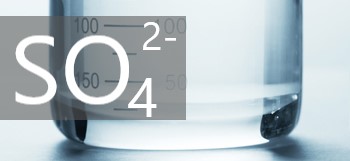
by Will Stockton | Jun 21, 2024 | Technical Articles, Water Testing
The Determination Of Sulphate In Water As there is no direct measuring Sulphate ISE the analysis is performed using a sample subtraction technique with a Lead ISE as the sensor. There is no limit to the concentration range of Sulphate being measured. All that is...
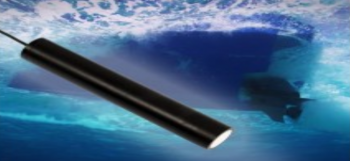
by Paul Stockton | Jun 11, 2024 | Corrosion, Water Testing
REDOX (Reduction-Oxidation) Testing REDOX potential is basically a measure of the ability of the sample being tested to reduce or oxidise. As the processes of reduction and oxidation involve the transfer of electrons it follows that the REDOX potential of any...
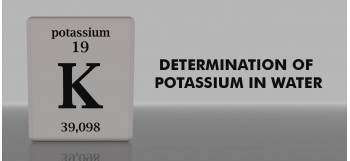
by Will Stockton | May 31, 2024 | Water Testing
The Determination of Potassium in Water This is a method for determining the concentration between 0.1 – 1000 ppm potassium in ground waters, drinking water and waste waters. Equipment Required 1. Model QP459 Ion Meter 2. 3031 Potassium Combination ISE 3....
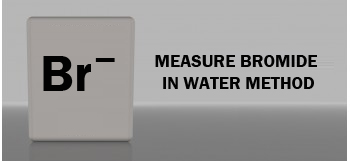
by Will Stockton | May 31, 2024 | Water Testing
Bromide in Water A method for the measurement of Bromide in ground, drinking and waste waters from 0.5 ppm to 1000 This range may be extended by dilution or the use of an incremental technique. Equipment Required 1. Model QP459 Ion Meter 2. 3271 Bromide...
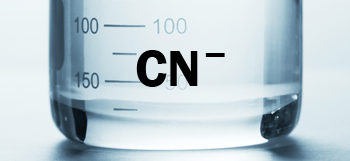
by Will Stockton | May 20, 2024 | Water Testing
Cyanide in Water Measurement This describes the method for the determination of cyanide in water samples when metals which form cyanide complexes are not present. CAUTION: Cyanide solutions are extremely dangerous. Always use bulb or automatic pipettes, wear...
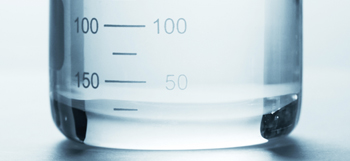
by Paul Stockton | May 16, 2024 | Water Testing
Chloride in Water Measurement The Chloride concentration in natural water can vary considerably and have implications for plant life and organisms as well as its effect on the corrosion of any immersed metal structures. Fortunately the accurate measurement of Chloride...








